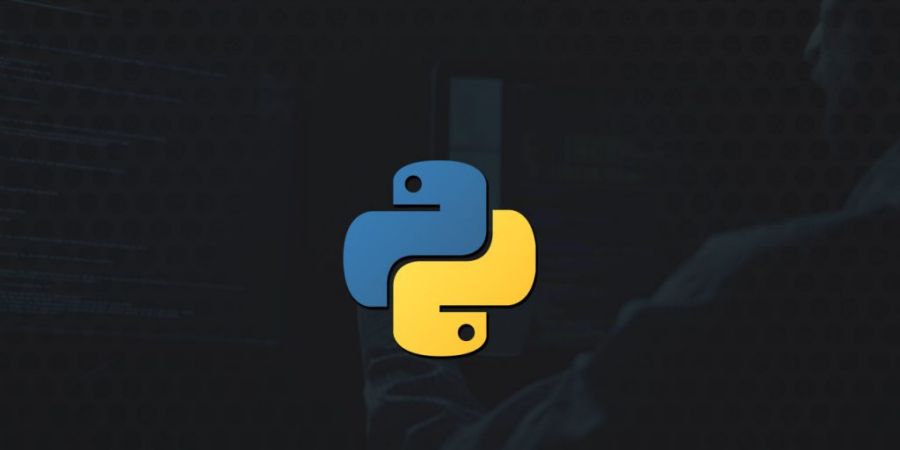

Python is a popular programming language that has gained widespread use in recent years. Developed in the late 1980s, Python is known for its simplicity, versatility, and ease of use. With its intuitive syntax and vast library of modules, Python is a language that can be used for a variety of purposes, from web development to data analysis to scientific computing.
One of the strengths of Python is its emphasis on readability and clarity. Python code is designed to be easy to understand, even for non-programmers, making it an accessible language for beginners to learn. This simplicity also makes it easier for developers to write and maintain code, reducing the likelihood of errors and making it easier to spot bugs.
Python's versatility is another key strength. It can be used for a wide range of applications, from creating web applications to building scientific models to developing machine learning algorithms. Its large and active community of developers has also created numerous libraries and frameworks, such as NumPy, pandas, and Django, that extend Python's functionality and make it easier to perform complex tasks.
Python's ease of use and versatility have made it a popular choice in many industries, from finance to healthcare to e-commerce. Its use in data science and machine learning has also exploded in recent years, as Python's libraries and frameworks have made it easier to perform complex statistical analysis and create sophisticated models.
While Python has many strengths, it also has some weaknesses. One of the main criticisms of Python is its performance, as it can be slower than other languages such as C++ or Java. However, this performance gap has narrowed in recent years, thanks in part to the development of libraries such as Cython and PyPy that can improve Python's speed.
Another criticism of Python is its lack of strong typing, which can make it more difficult to catch errors in code. However, the introduction of type annotations in Python 3.5 has helped to mitigate this issue, making it easier for developers to catch errors and write more robust code.
In conclusion, Python is a versatile and accessible programming language that has gained widespread use in many industries. Its simplicity, readability, and large library of modules make it easy for developers to write and maintain code, while its use in data science and machine learning has made it an increasingly important language in the tech industry. While it may have some weaknesses, Python's strengths continue to make it a popular choice for developers and businesses alike.
